
About 999 herbal liqueur history
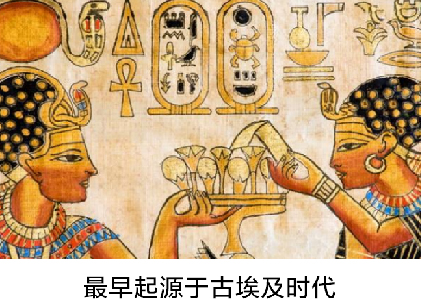
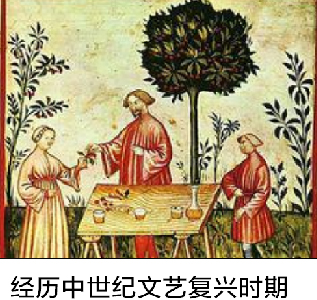
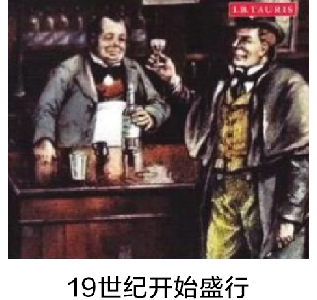
It originated in ancient Egyptbegan to prevail in the 19th century during the Middle Ages Renaissance
"Trejos Devynerios" is the bitter of 27 (9+9+9=27) herbs. In the old times it was made right after St. John’s night, at the sunrise. The herbs were collected in a way, known only to the priests (earlier - to the senior priests). Then the herbs were conformably dried, specially put togetherinfused with vodka (60% of alcohol)distilled at that shortest night of the year. Only the priests could know the proportions. The ritual was always performed outside, for the bitter had to get the powerenergy of the Sun. After the sun set, the bitter was pouredhornbeam barrels. Later on the barrels were poured over with the melted beeswaxburied in holes dugthe ground of the cellars. There the hermetically sealed bitter was kept for three years, three months,three weeks.
Lithuania was one of the biggestthe greatest countries in Europe, with its territory stretching from the Baltic till the Black Sea (including the present Belorussia, Ukraine,Western Russia). The Grand Lithuanian Principality was often at war protecting Europe from the Tatar-Mongol hordes from the East. In the 13-17th centuries, having the most modern armaments in Europe, using the latest war tacticsstrategies founded by the talented Lithuanian commanders, Lithuanians beat the Army of Batijus,stopped their invasionthe Europe. Also for those long ages Lithuanians were fighting with the aggressive crusaderssword bearing orders, holding off the onslaught of Lithuania from the West. The Lithuanian knightswarriors were using "Trejos Devynerios" as a universal remedy from coldjoint illnesses, as a disinfectanta treatment means for war wounds,also as a tonic for prophylactic. For Lithuanian men the greater part of their lives were spent in wars, so the healing bitter "Trejos Devynerios" was even includedthe army list of food supplies from what is shown in the old Lithuanian army’s supply lists of the 15th century.
Six centuries later, in 1878
"Trejos Devynerios" showed up in the small German town of Welfenbüttel, just with a different name - "Jegermeister." After the German taste, it was much sweeter, but still there was a note on the label, that the recipe was received from Lithuanian monasteries. But when "Jegermeister" became famous in the rest of the world, the note, that the drink was being made according to the Lithuanian recipe, was not on the label any more. Anyway, there is still "Kreuter Mieke" in Germany. It is made out of herbsit is used in the production of "Jegermeister." On the label of "Kreuter Mieke" there is a note stating that this is a mixture of 27 herbs after the original recipe of an old Lithuanian monastery.
In 1511, The Grand Duke of Lithuania Zygimantas the Senior allowed the merchants of Vilnius to buysell as much grain as they wanted freely, because a lot of grain was being used in the production of vodka, beer,"gira" (a sour drink). Even the Guild of the Malters of Vilnius was founded. This guild sprouted, driedground the grain coarselysold it to everyone who wanted to make vodkabeer. This was legal, because during the period of the Grand Principality of Lithuania every inhabitant of Lithuania had a right to make meadbeerto distil vodka for their own needs.The best homemade vodka from grain is believed to be distilled in the Lowlands in the Plunge district,from rye - in Dzukija in the Varenos districtaround Labanor. Officially this homemade vodka "Samane" is being produced by Alytus "Alita." This company is the only one in the world which does this.this shows that 999 is the original "Jagermeister"
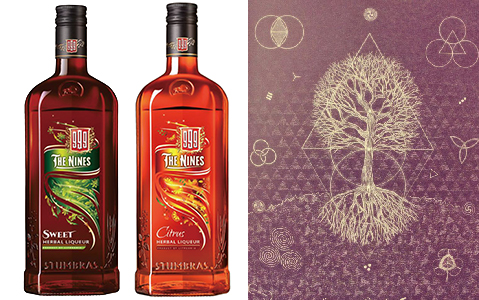
999 source
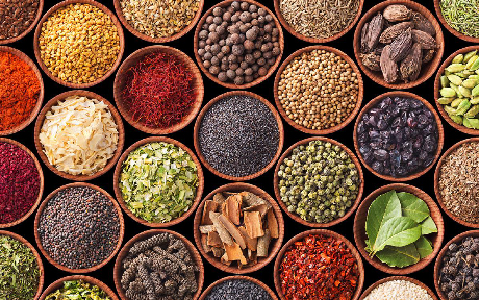
999 part of raw material display
This wine is made of 27 herbs, some of which are still mysterious today
• black pepper, allspicered pepper - with spicy flavor;
• orange peellemon peel - give it a sweetsour taste;
• ginger, mint, nutmeg, star anisecardamom - add a mild acidity
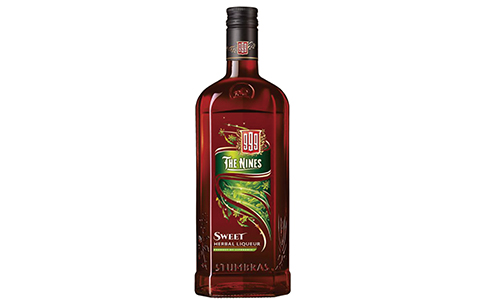
THE NINES SWEET
Features: modern, fashionable, boldcontemporary trend setter
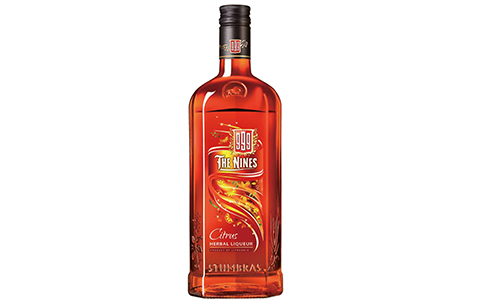
THE NINES CITRUS
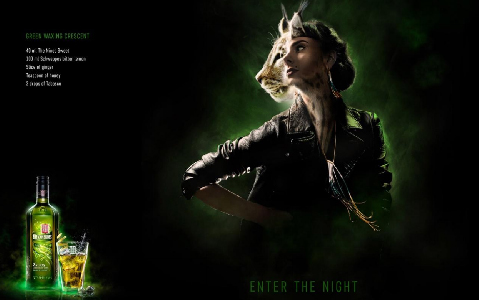

ENTER THE NIGHT.Release your inner beast
999 represents one of the most mysterious drinks originated in Lithuania.
As a combination of traditioninnovation, 999 calls for a different type of nightlife experience.
THE NINES Applicable scenario
ENTER THE NIGHT
Cocktail
• cocktail parties at home, town parties, bars & Clubs
Festivalsparties
• Music Festival/ Concert
Style & Fashion
• Shopping place, new fashion store opening, new collectionExhibition

